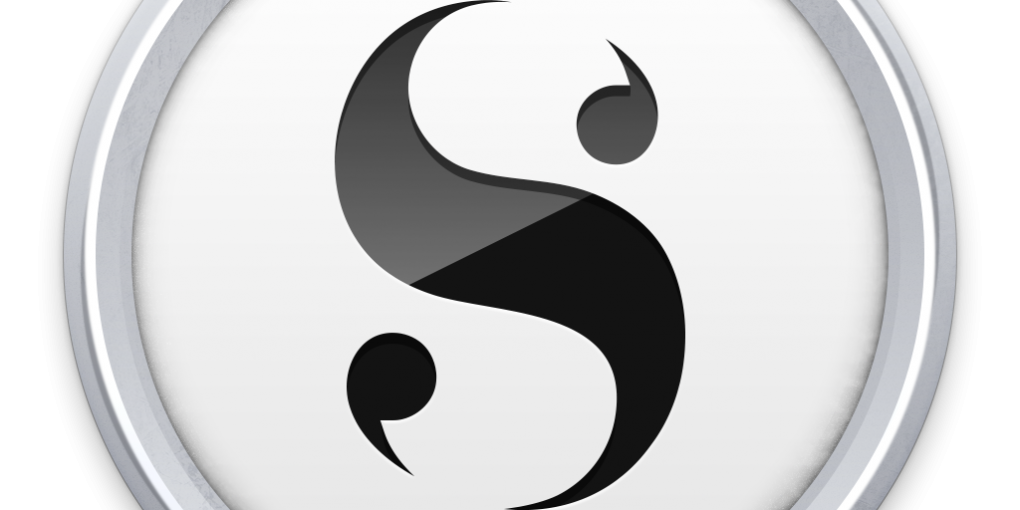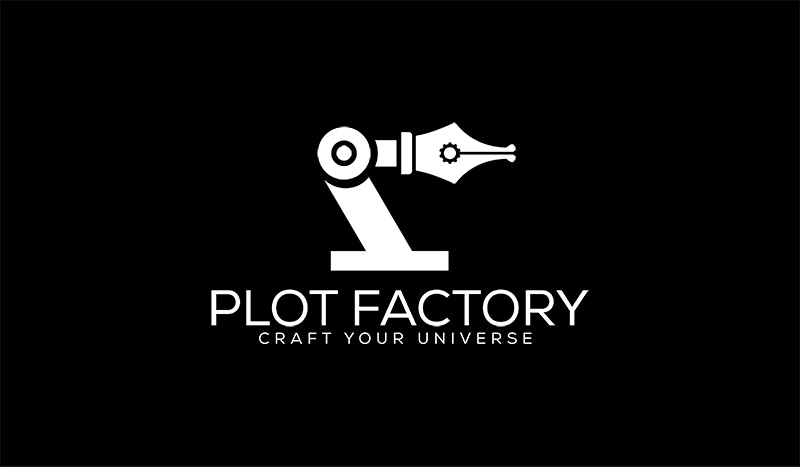You've got a book inside you. Or perhaps you've grown up with a set of characters living in your brain. You've scrawled down notes. You started and stopped the process of writing a book a dozen times. Maybe you've finished a manuscript...and rewritten it over and over. Creating a great narrative story certainly requires craft and writing skills. It requires understand plot and structure (even if your understanding isn't conscious).
In addition to all these things, creating narrative fiction requires a writing process. As you write more and more, you'll refine this process. You'll find new tools. You'll improve to the point of removing certain steps. But even in the early stages, it helps tremendously to have an understanding of your process and how to maximize it. (I wish I had understood more of this stuff BEFORE I had written my first million words.)
This series of posts will be all about discovering your writing process and then matching that process with the right tools. Writing is hard enough without having avoidable hurdles hanging you up! I'm going to skip over whether or not you are writing in the correct genre. If you want to find out more about genre therapy, I suggest heading over to Sterling and Stone to read more on the matter.
So, first off, which part of the process are you naturally drawn to? When you have a moment to daydream, do you jump straight into plot development, or do you dream about the world and/or characters? If you prefer world building, then this is the place for you to start. If you prefer the story side of things, we need to figure out if you are a plotter or a discovery writer. Do you long for copious amounts of notes and pages of outlines? Or do you prefer to jump in and start writing the story?
World Builders
In this first post, we're going to address those of us whose process most naturally starts with would building. World Builders tend to be dreamers and grand thinkers. We tend to drift toward science fiction and fantasy for the purpose of getting lost in imaginative worlds. Real life simply isn't interesting. But sometimes, world builders enjoy more realistic settings for the purpose of toying with outcomes and characterization. If you are a world builder, you'll discover that "writer's block" for you most often means you haven't built out the details of your world enough in a specific area. That lack of world understanding is hanging you up. The solution is to develop a process that helps you create, organize, and reference your StoryVerse. Since this process is so information intensive, the largest challenge is finding the right tools. Spoiler: I'm going to advocate against using a dozen spiral notebooks and a bunch of sticky notes.
Best World Building Tools
You need software to help you generate and organize a ton of information. This isn't easy to come by, but here are the best options currently available.
Scrivener
Scrivener is the beloved, old tool for a ton of authors. (I'm not even going to talk about Word.) I've used Scrivener for a decade, and it has served me well. But alas, for serious world builders, Scrivener can and will get unwieldy. I have Scrivener files that require several feet of scrolling just to reach my world-building elements, and that's when my folders are collapsed! And when the creation of new elements (characters, places, technologies, events, etc.) requires too much time and energy, I find myself choosing to forgo the effort. The result is that months later, I can't remember some detail or another. Or I can't find the information due to the fact that I scrawled it down on one of the other hundred elements I had already created.
Scrivener does provide templates for character and setting cards. This is a plus. But Scrivener does nothing to make these element cards "smart." There are no short cuts in creating new ones, and Scrivener can't help me locate the elements in the story or connect them to each other. Scrivener will support your manual process, but it won't help you optimize it. As of 2020, I've started shifting my process away from Scrivener for these reasons. My new process includes Plot Factory.
Plot Factory
Plot Factory is the leader in the emerging "web-based software" category for writing software (monthly subscription/cloud-based/mobile). This is where all software is trending for a handful of important (yet sometimes annoying) reasons I won't go into in this post, but you can read more about in this post. In the name of full disclosure, I should mention that I recently exited a three-year effort to found a writing software company to do what Plot Factory is doing. My company was early to the space, and we did a lot of things well. Ultimately, we made too many mistakes on the corporate side of things. As we shut the company down, we transitioned our users to Plot Factory because they are doing what my company was doing...but better.
I say all of this to emphasize that I've lived in the space. I know the competitors well. There are several worth mentioning for one reason or another: Ulysses, Novlr, Dabble, Draft, Novel Factory, and Campfire. But all of these platforms fall into one of two categories for me. Ulysses, Novlr, and Draft are simply too limited. They do one thing well, but I don't want to learn (and pay for) a new platform for each piece of my writing process. Dabble, Novel Factory, and Campfire have a wider array of features, but they create awkward and/or unsustainable processes for a professional writer. This means that as a beginning, these platforms might work great, but down the road you'll find yourself bottlenecked. And that's bad. Of all these other platforms, I like Dabble the best. I think some users might find Dabble sustainable over the long-haul. But here's why I prefer Plot Factory.
Plot Factory combines a clean, distraction-free writing environment with an intuitive and (increasingly) smart world-builder and a story planner. Plot Factory provides for easy access to world building and story planning directly from the writing environment. And Plot Factory has "Universes" baked into its organizational process. This may sound like a small thing, but for a writer who needs to world build, the absence of the ability to create and organize Universe content is a deal breaker. In addition to the basics, Plot Factory also includes several other bells and whistles such as goal setting, word counting, dark mode, search and replace, audio playback, etc.
Notebook.ai
Notebook.ai is for those of you who are looking for a tool that does ONLY world building. Perhaps you write with pen and paper only. Or you just can't stop using Word (oh the madness of it all!). There are reasons to simply need a singular tool for world building. Notebook.ai is that tool. The platform has a free level that will get you pretty far. The paid level isn't too pricey ($9 a month as of the writing of this post). Notebook.ai will essentially help you compile all of your world details and information without requiring twenty spiral notebooks or any other such insanity.
A Final Note on Collaboration
If you need to build a large, shared universe that several people are working on together...there's still no great solution. Scrivener is a disaster when it comes to collaboration. This was the main reason I started my company...that failed to deliver. I have known some people to use wiki creation software in order to go that route. I've also used a shared Pinterest account at a basic level. If you can hold off another year, I think Plot Factory will release better features than you could find with such wikis.




1 thought on “How to Create Your Book Writing Process: World Building”